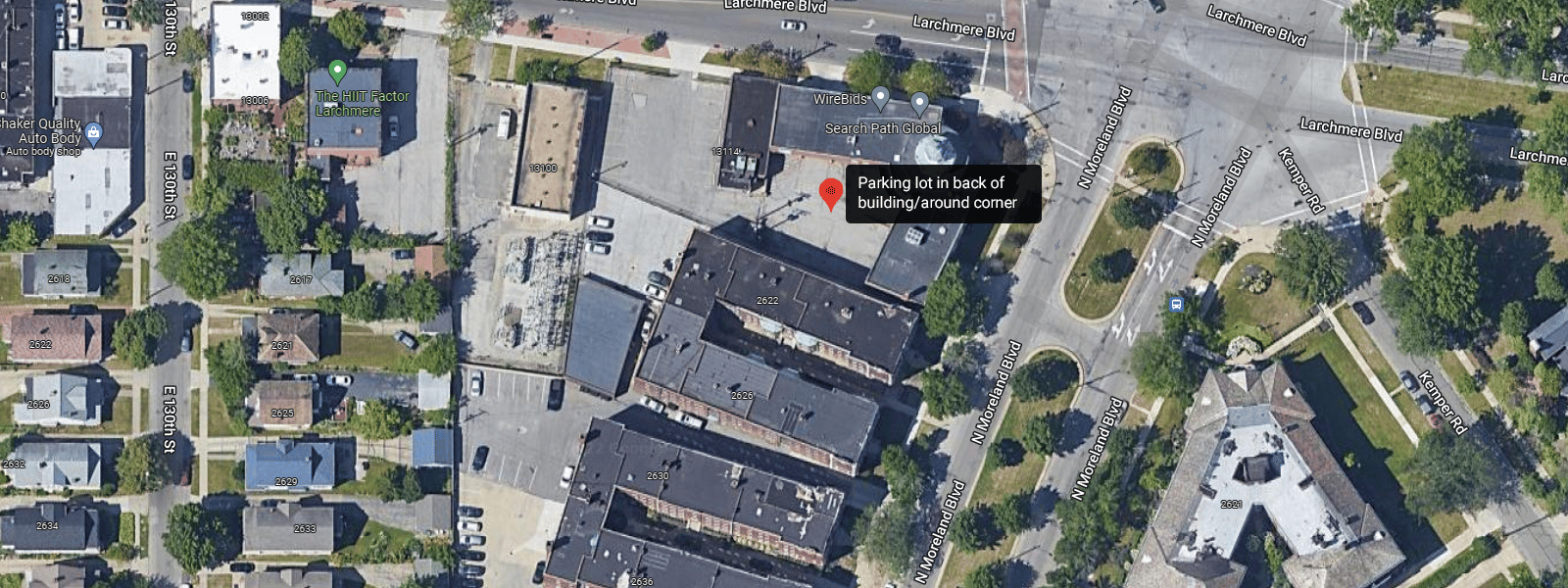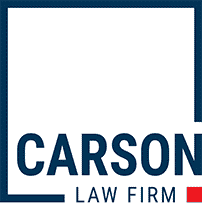
Every time there’s a torrential downpour, we can count on many new homebuyers calling us with stories of wet basements and leaky roofs. These problems can put a homeowner out thousands. It’s only fair that a seller who advertised the home as perfectly dry and habitable should be held to account for concealing a leaky basement. We try our best to help with these cases, and often can obtain complete recovery for our client, but only when the facts tell the right story. Below is an outline of the law of fraudulent concealment and its cousin, fraudulent misrepresentation, which is the way we can hold sellers responsible for defective homes.
The trouble with many of these cases is that most home purchase contracts call for the buyer to buy the house “as-is, with no warranties.” This triggers some special legal duties of the buyer and gets the seller off the hook from disclosing everything. Basically, the only way to hold the seller responsible is by proving wrongdoing amounting to fraud. Believe it or not, this is easier to do than you think.
Let’s boil it down to what makes a good fraudulent concealment case.
The seller must make a misstatement (or fail to disclose information when they had to a duty to do so)
The most common way the seller communicates information about a house to a purchaser is the Real Property Disclosure Form, which most realtors make the seller fill out. This form is designed to scare out many of the most important facts about the history of the home: current and previous problems with the foundation, water intrusion, major building systems, etc. The seller isn’t necessarily required by law to answer the questions (subject to certain limitations) but if the seller does, he/she must answer truthfully. In other words, the seller can’t lie on this form.
It is important to make a distinction between lying on the form and simply making an honest mistake or not disclosing something they didn’t actually know about. Just because the seller checked “no” on the box for water intrusion and the roof later starts leaking doesn’t mean that we can assume the seller was lying about the roof’s condition.
This is the hardest element to prove when litigating a fraudulent concealment case. Most cases involve a situation where a problem is bad enough to bring a lawsuit, but not so bad that the buyer could have discovered it before closing (more on that later). The easiest way to prove this element is if the seller had the problem addressed by a contractor — there is bound to be an invoice out there that shows the work was done. Another way to prove this element is that the seller actively took steps to conceal the problem, like finishing the basement or piling storage boxes in such a way to hide the problem.
Here are a few real-world examples of this element at work:
- The seller had a severe foundation shifting problem on one wall of the house. Before listing the house for sale, he built a toolbench on the problematic wall, concealing the issue from the inspector.
- The seller’s basement had flooded twice in the previous three years; the municipal sewer district had advised the seller in writing that the drainage system was inadequate.
- The seller painted the basement walls and floors just prior to closing and disclosed that the basement was free of leakage.
- The buyer knew that the homes in the development had defective siding, but upon asking the seller about it, the seller said that the siding was “OK” despite having unsuccessfully repaired it in the past.
The buyer must justifiably rely on the misstatement or omission.
This is the “caveat emptor” doctrine at work. The buyer must inspect the home, hopefully using a licensed home inspector who will produce a written report that can later be used as evidence. The buyer can’t sue the seller for issues that are open and obvious, or otherwise discoverable in an inspection, even if the seller blatantly lied about it. It is important to review your inspection report, because if the inspector indicated problems, it is up to you to further investigate the issue.
Damages must result.
This sounds like it’s obvious, but sometimes it isn’t so easy! A difference in taste between the buyer and seller, or an issue with noisy neighbors, is not going to result in enough damage to make a lawsuit worth it. For this type of case, stick with physical damage to the house that can be fixed with a contractor who will give you a receipt for the work.

